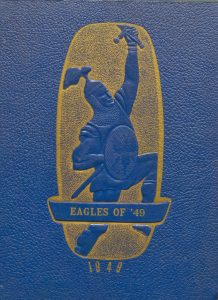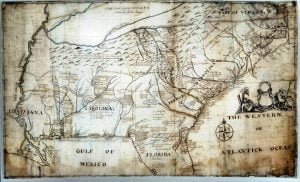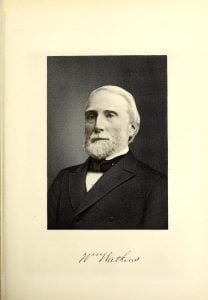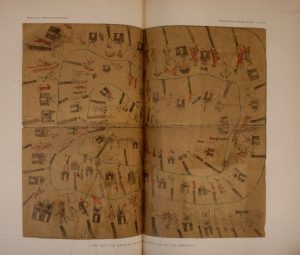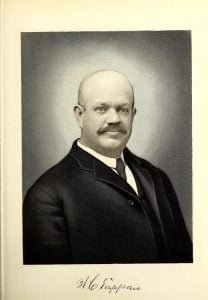The Tappan family of Attleboro, while not an old one in this section of the State, has, nevertheless, been resident for half a century in Attleboro, where Ephraim H. Tappan makes his home, and where his sons, Charles H. and William C, the latter now deceased, have been identified with the manufacturing interests of that section, by their great energy, enterprise and progressive spirit making for themselves a name ranking them among the foremost jewelry manufacturers of the State. The Tappan family was planted in America by:
Abraham Toppan (or Tappan), son of William Topham, of Calbridge, in the parish of Coverham, and fourth in descent from Robert Topham, of Linton, in the West Riding of Yorkshire, England; he was baptized April 10, 1606. He lived for some time in Yarmouth, County of Norfolk. His wife, whose maiden name was Taylor, was born in 1607, daughter of Elizabeth, who married (second) John Goodale, whom she outlived and from whom she inherited considerable property. Mr. Toppan with his wife, two children and maidservant, in 1637, took passage in the “Mary and Ann” to New England, and there came in the same vessel with them Mrs. Goodale, his mother-in-law. He settled in Newbury, being admitted Oct. 16, 1637, and at different times in the year following several lots were granted to him. He made a number of voyages to Barbadoes, one or more of which were profitable. He died Nov. 5, 1672, aged sixty-six, in the house on “Toppan’s Lane” which he had built about 1670 for his son Jacob. His widow died March 20, 1689, aged eighty-two years. The children of Abraham and Susanna (Taylor) Toppan were:







